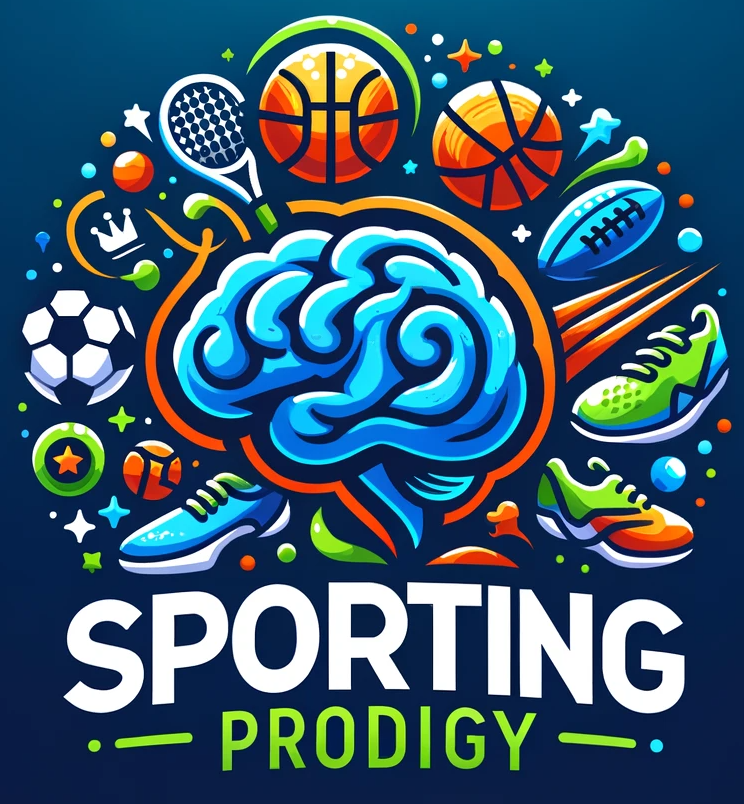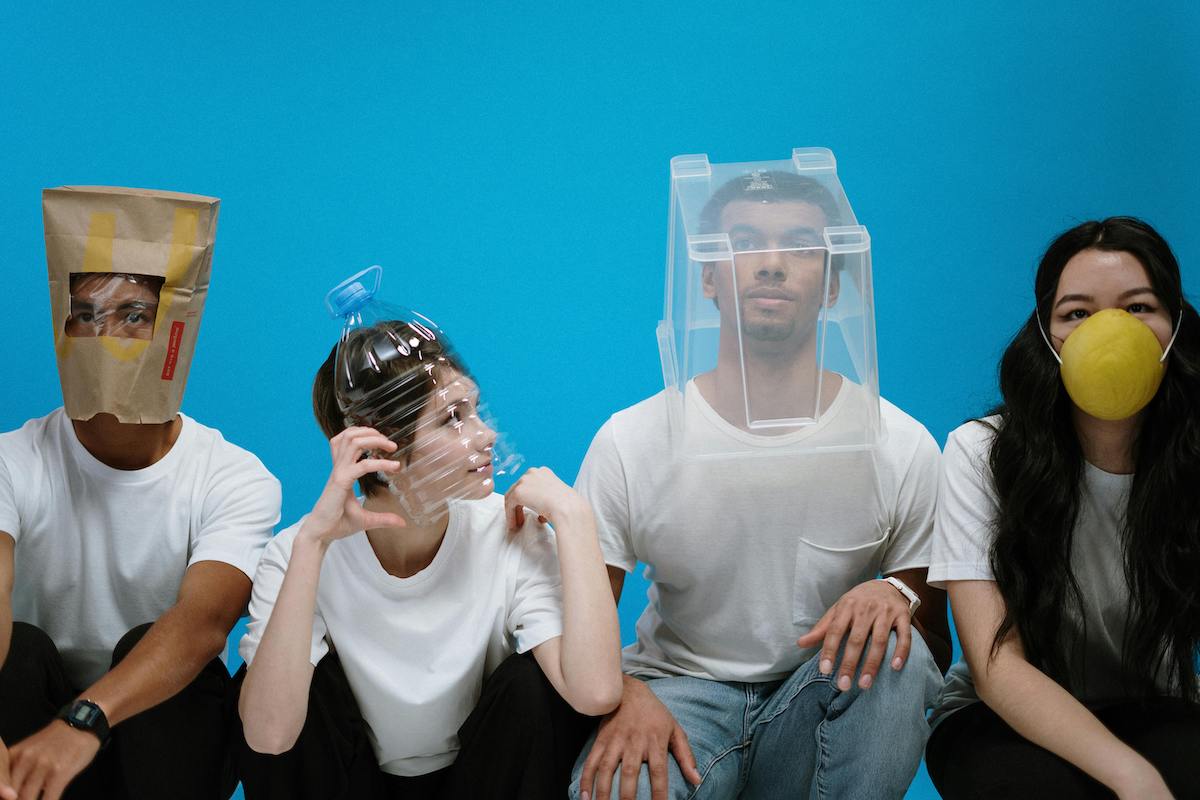Sports performance is not solely determined by individual skill and physical prowess. Instead, it is intricately intertwined with the social dynamics within a team. From the influence of coaches and captains to the impact of peer pressure and outside influences, these factors play a significant role in shaping the overall performance of athletes. Understanding and harnessing these social dynamics can be the key to unlocking peak performance on the field or court.
The Role of Coaches and Captains
Coaches and captains serve as the guiding force behind a team’s performance. Their leadership styles, strategies, and ability to motivate players can heavily influence the team’s success. A coach who fosters a positive and supportive environment can empower athletes to perform at their best, while a coach who is overly critical or distant may hinder their confidence and morale.
Effective coaches possess not only a deep understanding of the game but also strong interpersonal skills. They know how to communicate effectively with each player, providing constructive feedback and encouragement tailored to their individual needs. Moreover, they instill a sense of accountability and responsibility within the team, emphasizing the importance of teamwork and collective effort.
Similarly, captains play a crucial role in shaping team dynamics and performance. As leaders on the field, they set the tone for the team and serve as role models for their teammates. Captains who lead by example, demonstrating dedication, resilience, and sportsmanship, can inspire their peers to elevate their performance. Additionally, they act as liaisons between the players and coaching staff, facilitating communication and fostering unity within the team.
Preperformance Routines
Preperformance routines are rituals or habits that athletes engage in before competitions to prepare mentally and physically for optimal performance. These routines not only help athletes to focus and channel their energy but also serve as a form of psychological preparation, instilling confidence and reducing anxiety.
The effectiveness of preperformance routines lies in their consistency and personalized nature. Athletes often develop rituals that resonate with them personally, whether it’s listening to music, visualizing success, or engaging in specific warm-up exercises. These routines provide a sense of familiarity and control in high-pressure situations, enabling athletes to enter the field with a clear mind and a heightened sense of readiness.
Furthermore, preperformance routines can have a contagious effect within a team. When teammates observe each other’s rituals and routines, it can create a sense of solidarity and shared purpose. By collectively embracing pregame rituals, teams can cultivate a cohesive and focused mindset, setting the stage for peak performance.
Team Dynamics
Team dynamics refer to the interactions and relationships between members of a team, including communication patterns, group cohesion, and shared goals. Strong team dynamics are essential for fostering a supportive and collaborative environment where athletes can thrive.
Teams with positive dynamics exhibit high levels of trust, camaraderie, and mutual respect among teammates. They communicate effectively both on and off the field, sharing feedback openly and working together to overcome challenges. Additionally, cohesive teams demonstrate resilience in the face of adversity, rallying together during tough times and celebrating victories as a collective.
Conversely, dysfunctional team dynamics can hinder performance and morale. Issues such as cliques, conflicts, and lack of cohesion can create division within the team, leading to breakdowns in communication and teamwork. Addressing these challenges requires proactive leadership and a commitment to fostering inclusivity and unity among team members.
Peer Pressure
Peer pressure is a powerful force that can either motivate or detract from performance depending on its nature and intensity. In a positive context, peer pressure can inspire athletes to push themselves beyond their limits, striving for excellence in order to meet the expectations of their teammates. The desire to impress and support one another can fuel a competitive spirit within the team, driving individuals to perform at their best.
However, peer pressure can also have negative consequences if it promotes unhealthy or destructive behaviors. Athletes may feel compelled to conform to certain norms or expectations within the team, even if it means compromising their own values or well-being. Additionally, excessive pressure to perform well can lead to anxiety and self-doubt, undermining confidence and inhibiting performance.
Outside Influences
Outside influences, such as media scrutiny, fan expectations, and personal distractions, can impact an athlete’s performance both positively and negatively. While external validation and support can boost confidence and motivation, excessive pressure and criticism can have the opposite effect, creating distractions and eroding self-belief.
Furthermore, athletes often face challenges and distractions outside of their sport that can affect their performance on the field. Personal issues, academic responsibilities, and relationship dynamics can all impact an athlete’s mental and emotional state, influencing their ability to focus and perform under pressure.
To mitigate the impact of outside influences, athletes and teams must prioritize mental and emotional well-being alongside physical training. Strategies such as mindfulness, stress management techniques, and setting boundaries can help athletes maintain balance and resilience in the face of external pressures.


